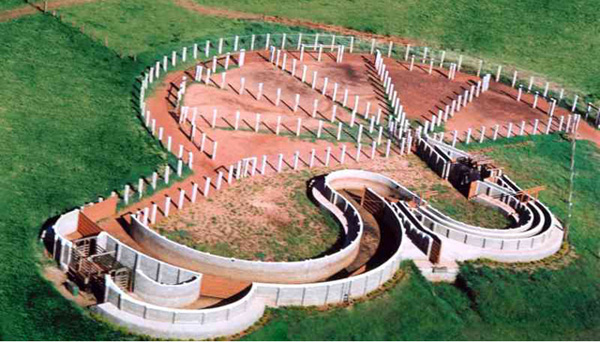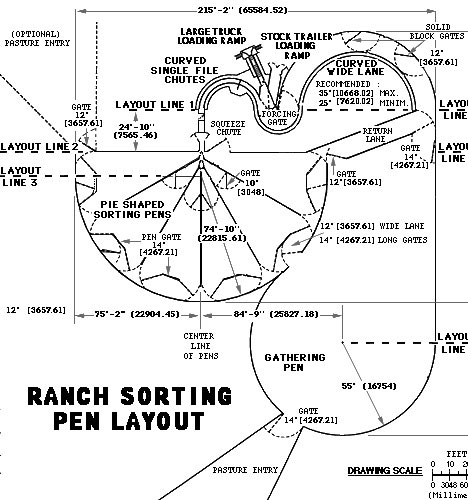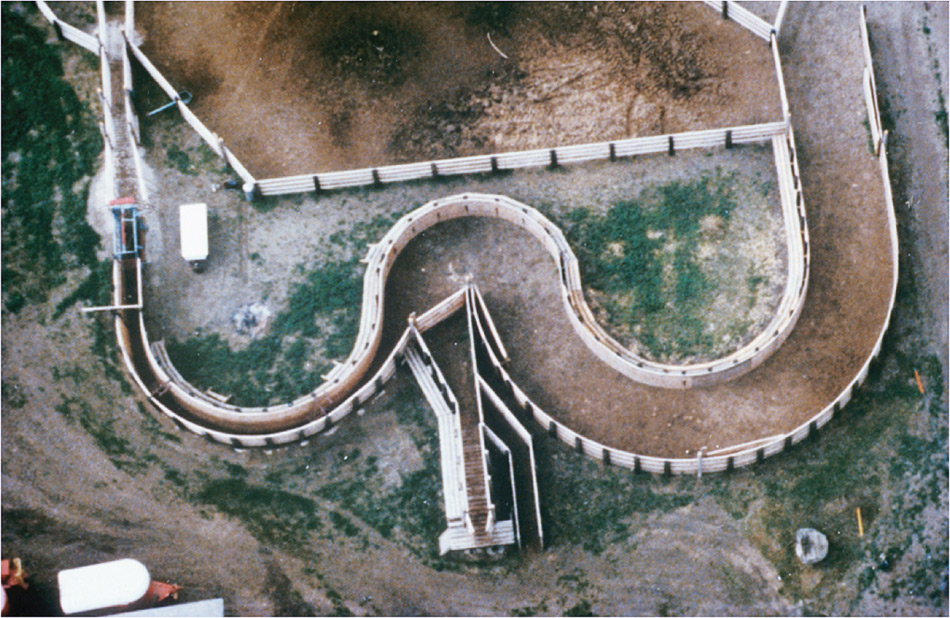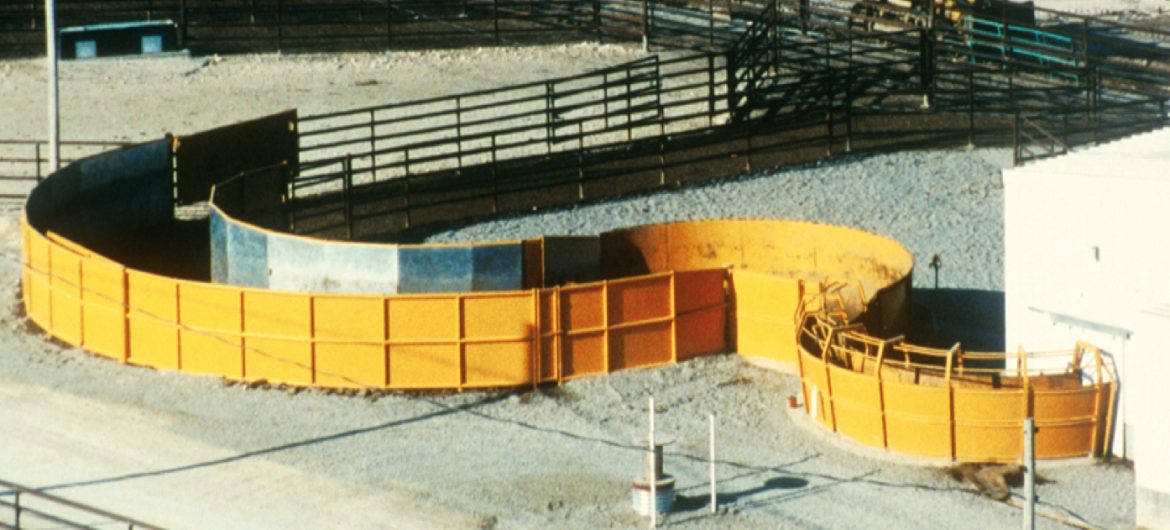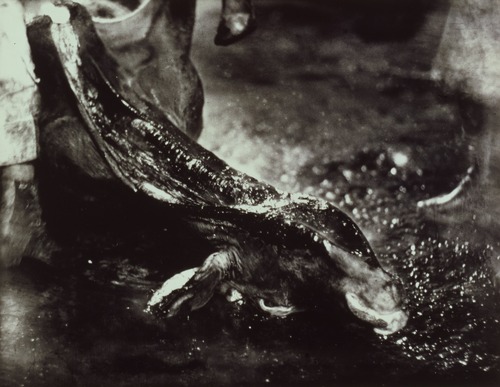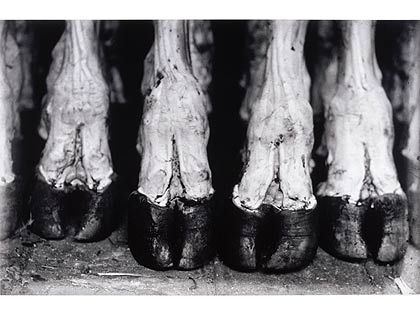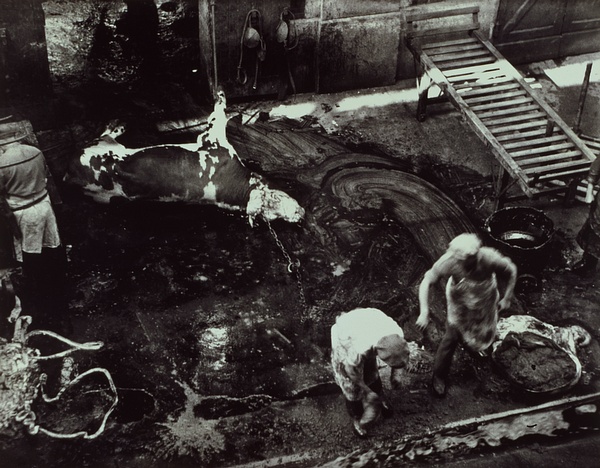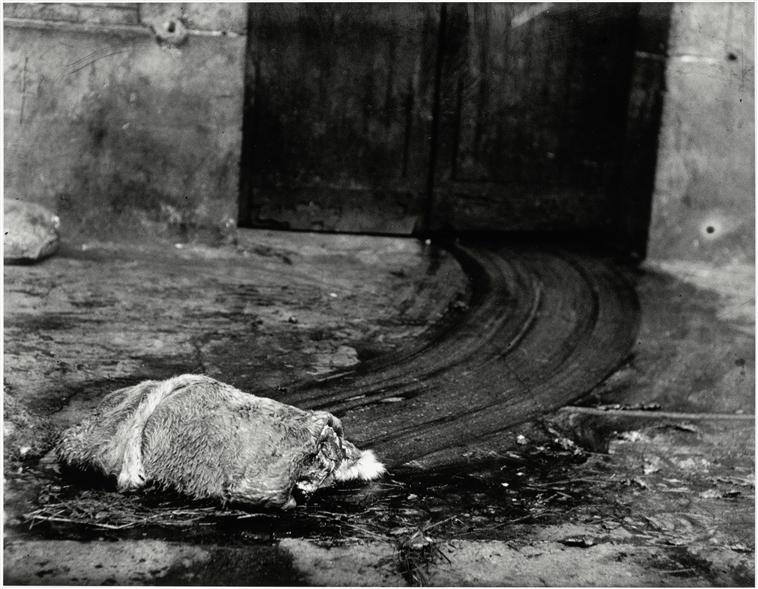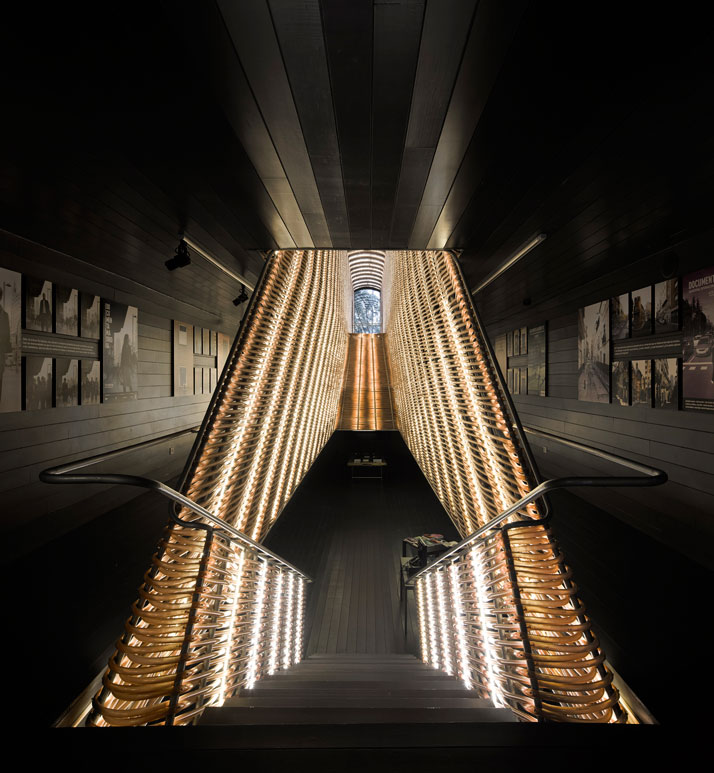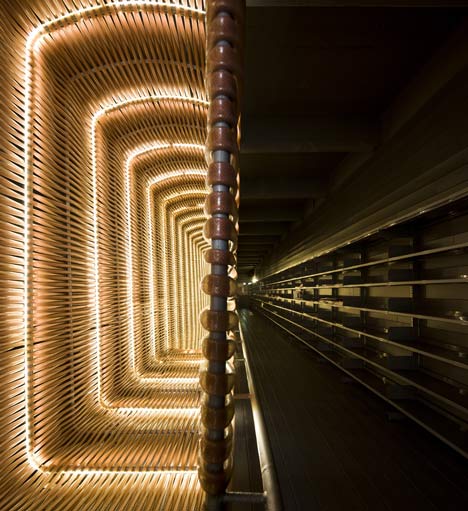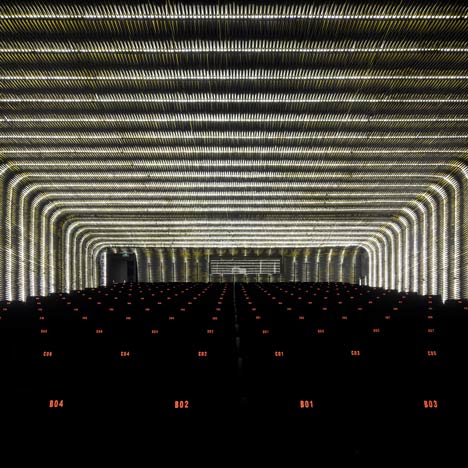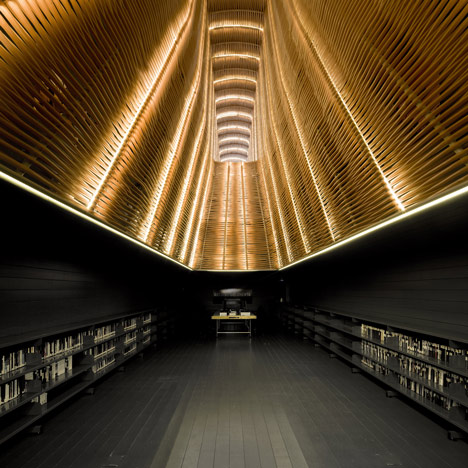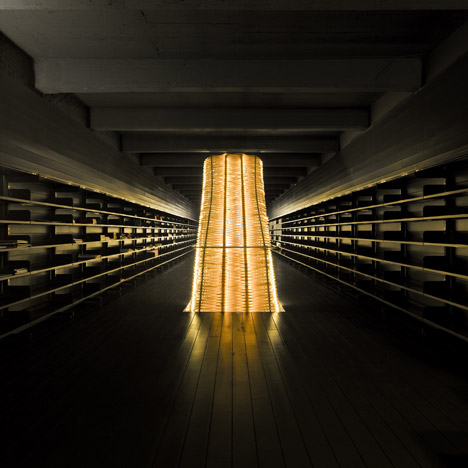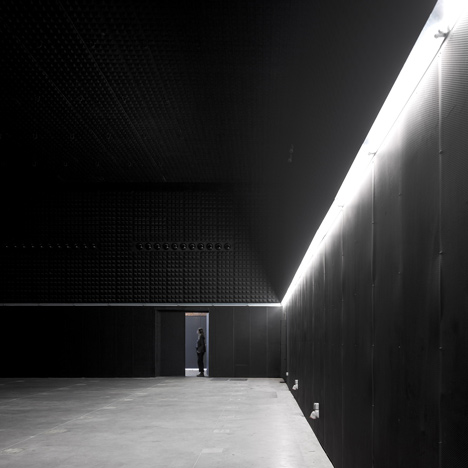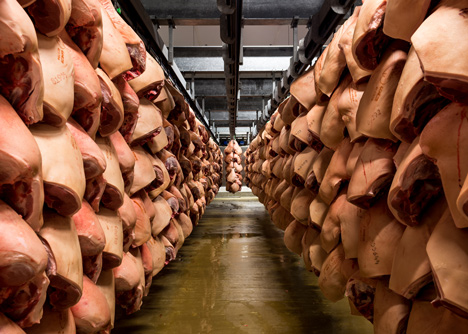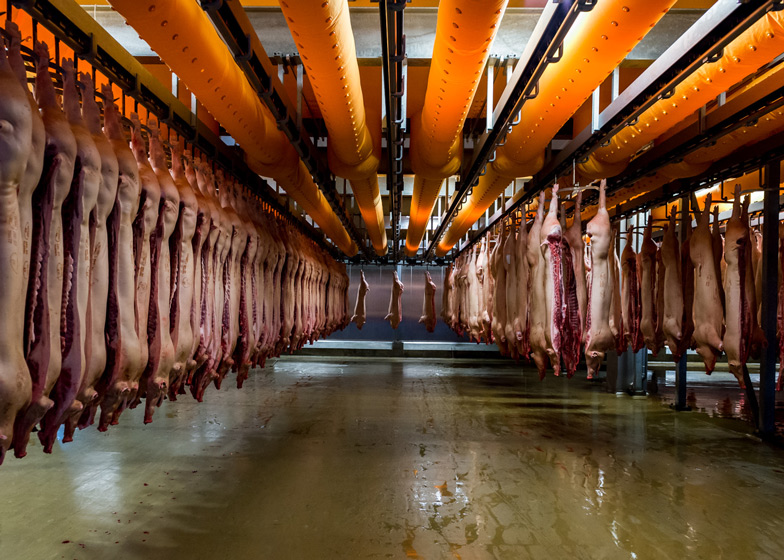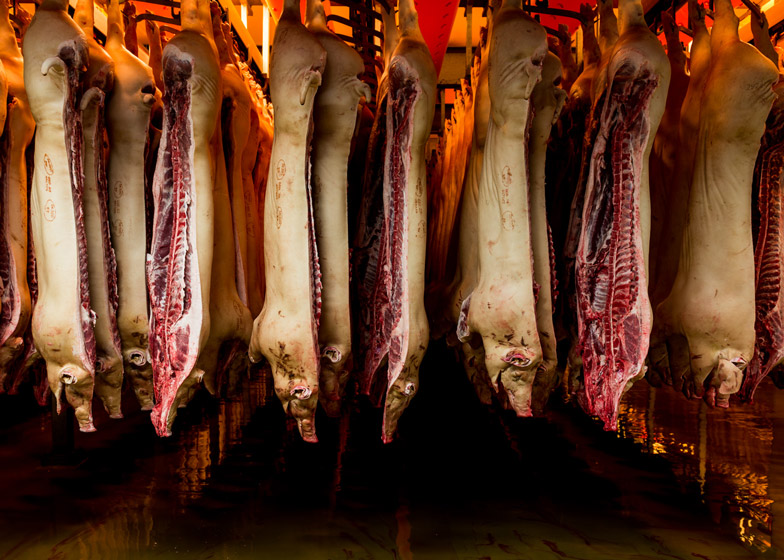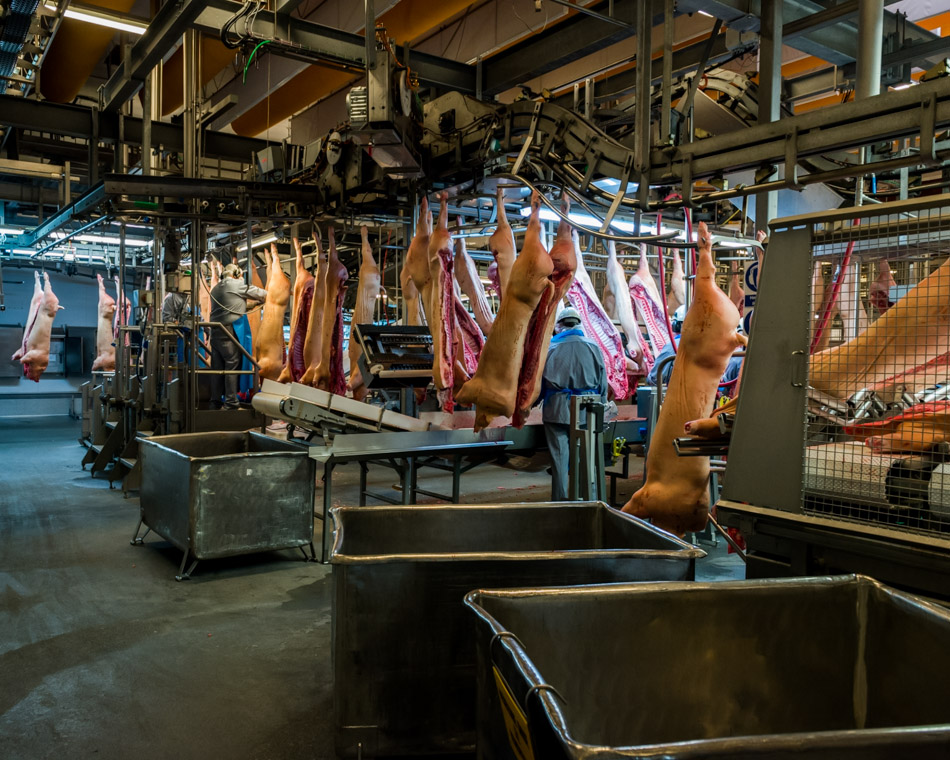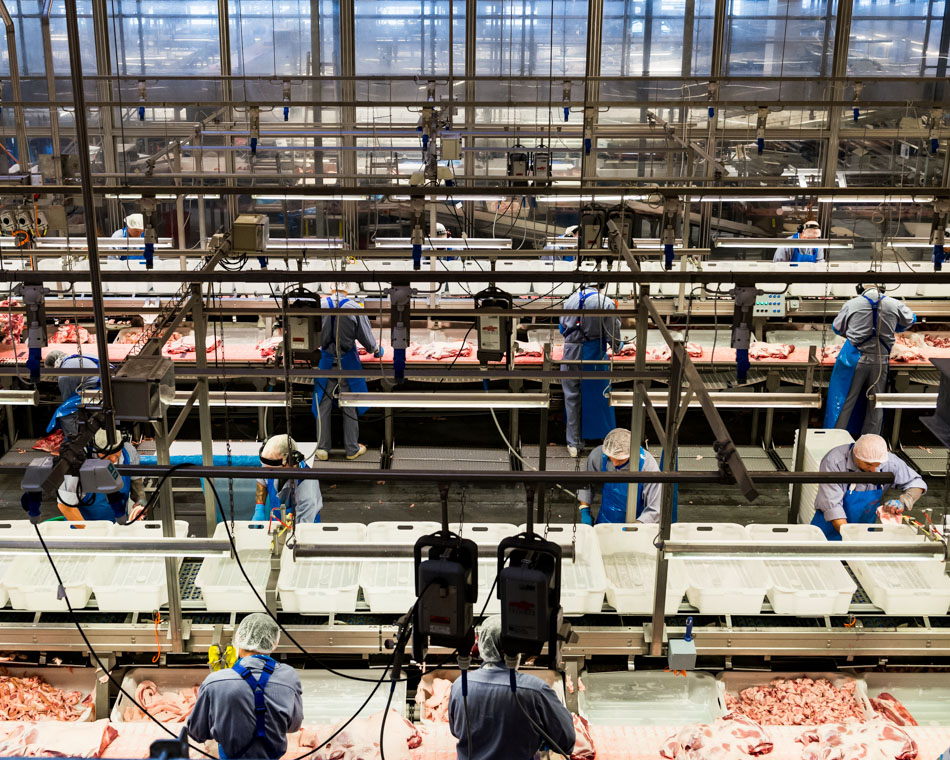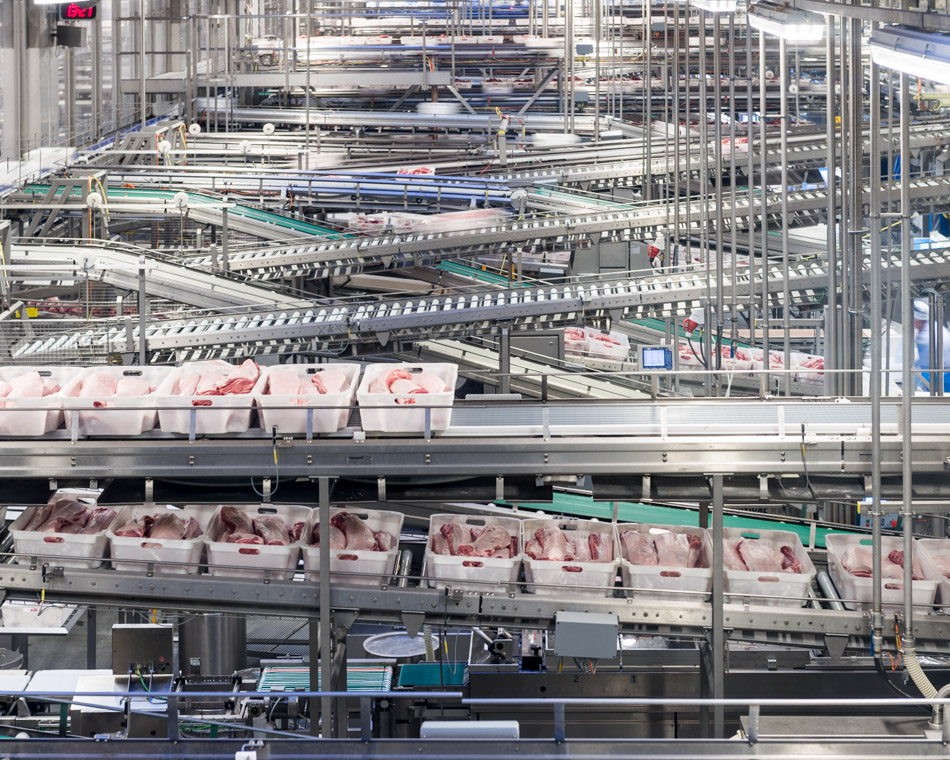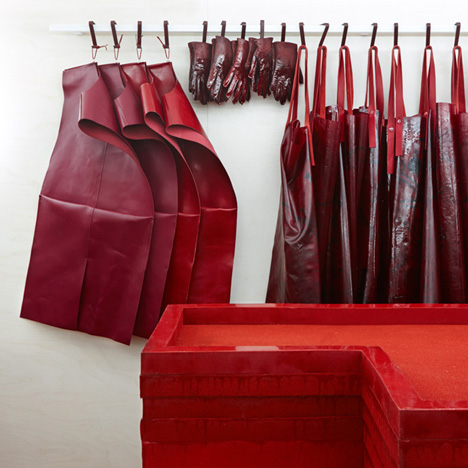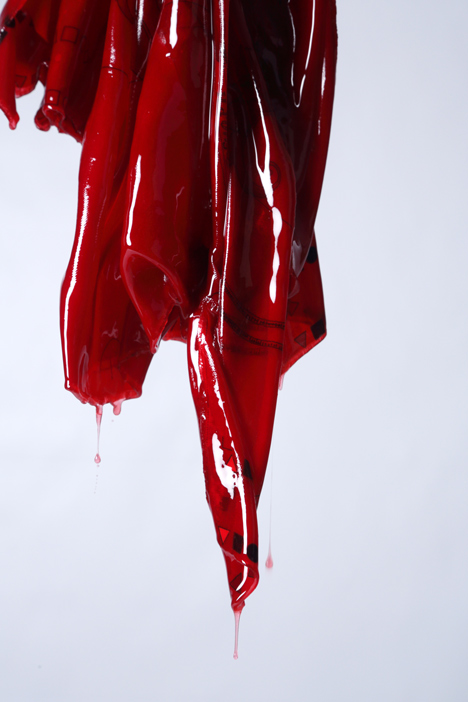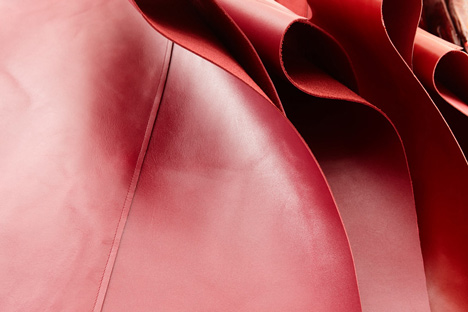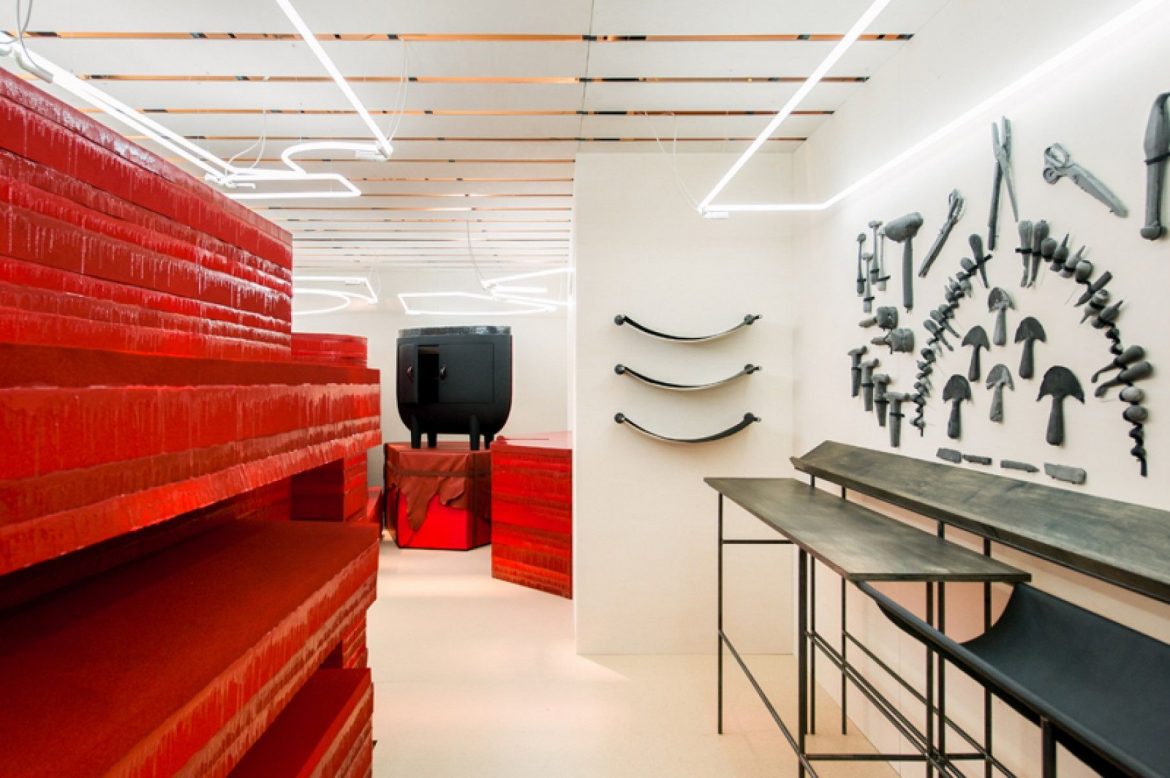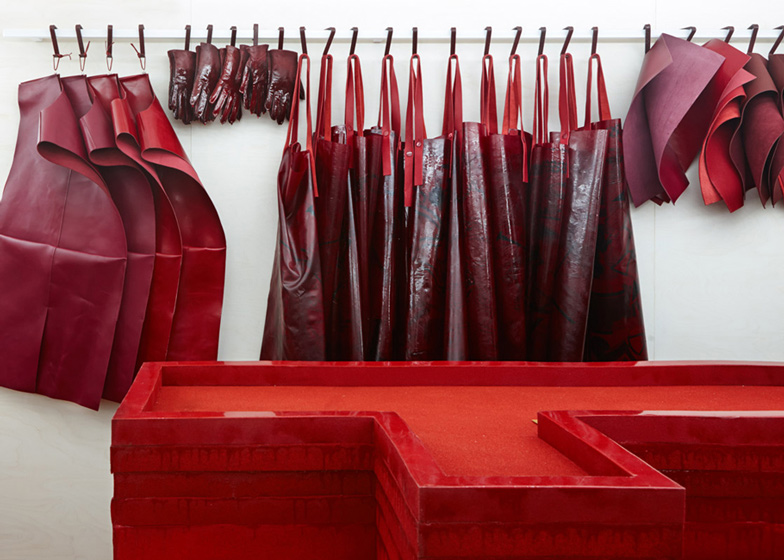During my research for the project ‘Artificial Abattoir’ I have obviously done a lot of ground work on the existing world of abattoirs. Be it artists which have portrayed the building and process, artists which have transposed the language into their design and even transforming the abattoir.
As it in within society, abattoirs are one of the most undesirable places to live next to. Placing abattoirs on the OUTSKIRTS OF SOCIETY has arguably detached us from the meat production, with a lot of people not knowing or understanding how the cow got from the field to your plate.
It does raise questions were we should be exposed to the process, as we are eating the animal, but do we want to know?
Researching abattoirs and also from watching ‘Our Daily Bread’, a film by Nikolaus Geyrhalter, has opened my up to what the current state the world is with mass producing our food, and it is scary.
“I think using animals for food is an ethical thing to do, but we’ve got to do it right. We’ve got to give those animals a decent life and
we’ve got to give them a painless death. We owe the animal respect.” —Temple Grandin
All abattoirs have an industrial form of architecture, but the mechanics and systems inside are the magic behind producing meat, DISSECTING the animal to reduce any waste.
My first favourite is Temple Grandin. Dr. Grandin is a designer of livestock handling facilities and a Professor of Animal Science at Colorado State University. Facilities she has designed are located in the United States, Canada, Europe, Mexico, Australia, New Zealand, and other countries.
Grandin suggested that reducing the stress of animals being led to slaughter may help slaughterhouse operators improve efficiency and profit.
During exploring and researching abattoirs I came across French photographer Eli Lotar. He produced these images to portray to the public what actually happens in these buildings, feeling that we as society do not see or even think of the true reality.
The images were seen as being dark humour, and during the early 1900s people used to visit abattoirs as a ‘thrill seeking’ experience. After looking through these photos, I started to question how we as a society still do not want to know what is happening being those doors. Technology and design may have improved to reduce the traumatic experience for the animal but we are killing animals in the masses so does it make the process any better?
And one beautiful building which will be imprinted on my brain forever is the regeneration of an existing abattoir into a public cinema in Madrid by Spanish architects Churtichaga & Quadra-Salcedo.
These images are from the collection of the photographer Alastair Philip Wiper who documented how pigs are turned into pork, sausages and bacon in the Danish Crown slaughter house in Denmark. The whole concept of this abattoir is to allow the general public into the abattoir and experience the whole process, right down to eating a sausage at the end of it all!
There are 1,420 people employed there, and the slaughterhouse receives around 150 VISITORS PER DAY. This exposure and openness to the general public should be transposed with the new development of artificial meat. So instead of it appearing in our supermarkets one day, marked up and packaged the same, WE UNDERSTAND HOW IT IS MADE. ; the welfare of the cow, ingredients, controls and limits to this production.
An installtion which caught my eye was the design installation at the London flagship store of French fashion house Hermes by designers Studio Toogood where ‘blood appears to drip from the display units and garments hang from meat hooks’.

